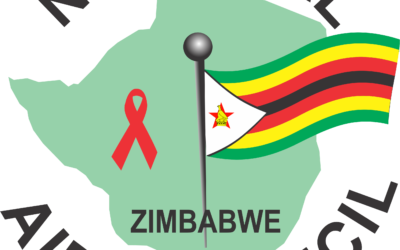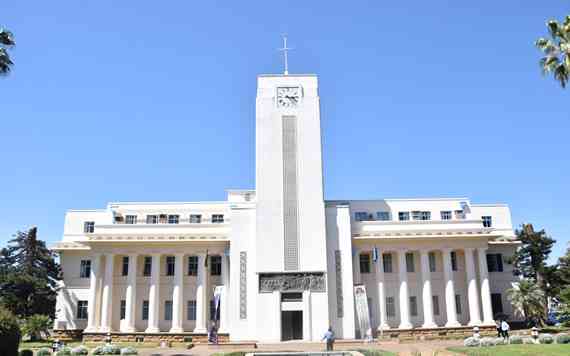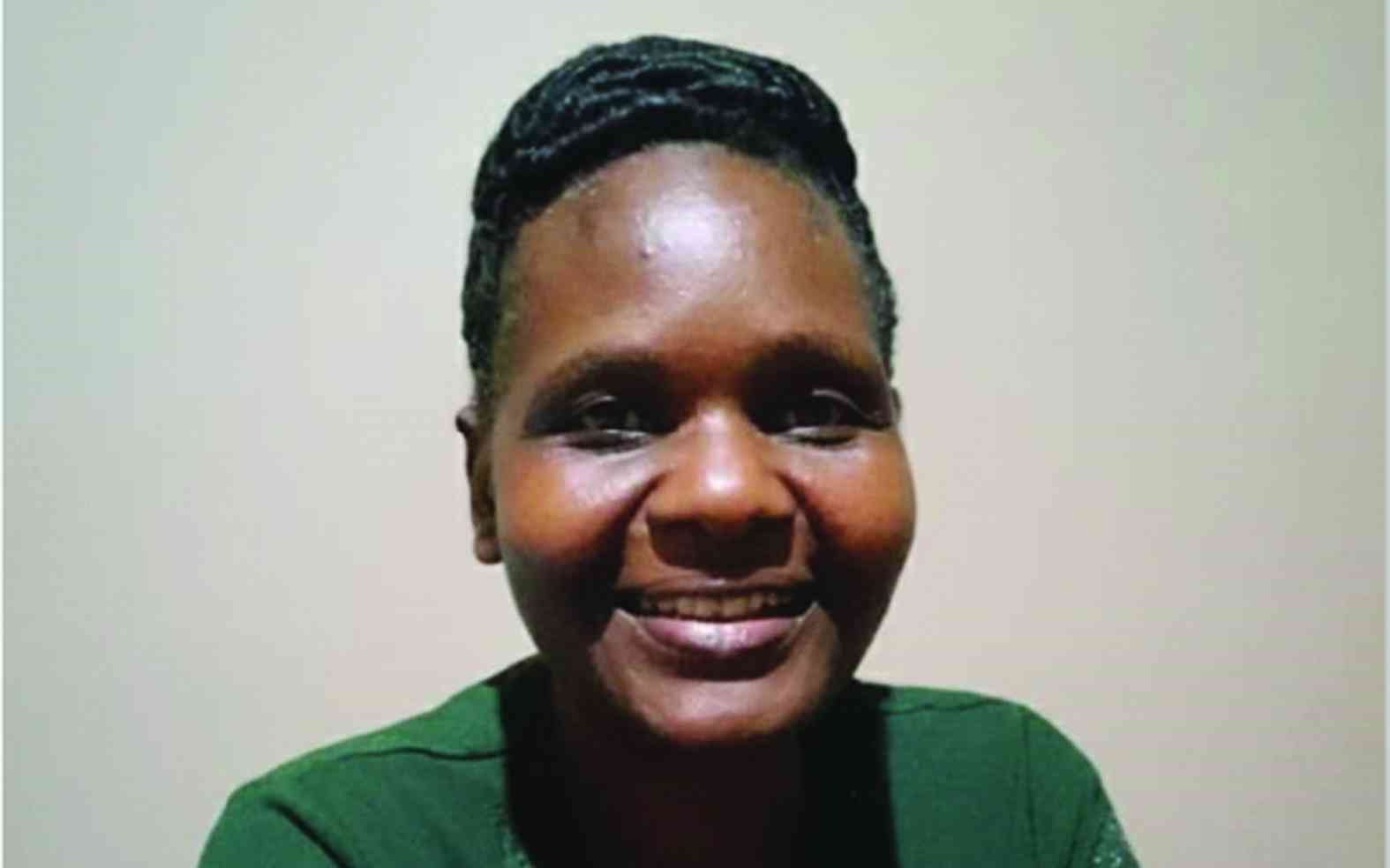
When Peter Mangana’s crops were hit by drought over a decade ago, he felt depressed.
He struggled to feed his family in Bhasikiti village in Mwenezi, southern Zimbabwe.
The 49-year-old later realised that he was experiencing the effects of climate change and that he needed to be smart to survive.
With the help of some local non-governmental organisations including Mwenezi Development Training Centre (MDTC), he ventured into poultry traditional grains, which are drought resistant.
This was not the first time he did poultry and drought-resilient crops.
He grew up doing this minimally and did not know the significance in tackling climate change in his community.
Armed with knowledge and skills, Mangana is now full-time into poultry and a farmer of traditional grains such as millet, groundnuts, cowpeas, and bambara nuts.
“I started with 20 Boschveld free-range chickens. This was a new breed to me. They taught me to keep it,” he tells IDN.
“They taught me how to feed and vaccinate them. They assisted me with market linkages. I did not even know I could earn a living selling eggs and chicken.”
There is an incubator for the whole community, which smallholder farmers in this community use for hatching eggs at a small fee.
He says the fee is meant to repair the incubator in case of a breakdown.
Zimbabwe has been experiencing the effects of climate change in the past decade with floods and droughts wreaking havoc on crops leaving many people on the brink of starvation around the country including Mwenezi, about 464 kilometres from the capital Harare.
Here, temperatures can go above 40 degrees celsius in summer.
This year, the government has warned farmers of an El Niño-induced drought.
In the 2023/2024 agricultural season, rains came later than in previous years, with livestock in the Matabeleland region dying from dehydration and hunger.
Mangana says he uses the grains harvested from his fields to make feed for the chickens.
“We do not have to buy feed. We use produce from the fields to make feed. We have to make sure that we use materials that provide all nutrients from calcium, fats and vitamins,” he says.
“Feeding is critical. If you feed the chicken properly, the eggshells do not get hard, making them hatch easily. Under normal circumstances, the eggs should hatch within a week. For instance, groundnuts and sunflowers provide fats.”
Mangana says the idea is to minimise costs by using available, highly effective resources in poultry production.
“Though I buy vaccines, I use our indigenous knowledge to vaccinate these Boschveld free-range chickens. I mix barks of indigenous trees with water to make a solution to treat viruses,” he says.
Traditional grains such as millet are drought resistant, and farmers can still have a bumper harvest even if there is little rainfall.
Zimbabwe’s government has been promoting the growing of traditional crops nationwide.
It even supports smallholder farmers with traditional crop input packages and technical advice.
The government showcased traditional grains at the Zimbabwe pavilion at the United Nations climate summit known as COP28 in Dubai in December 2023.
This climate-proofed agriculture is critical in providing sufficient food for people in the southern African nation.
After starting the poultry project with only 20 Boschveld free-range chickens, Mangana now boasts more than 100.
He feeds and clothes his family from the earnings he gets from selling chicks, eggs and chicken to fellow farmers and villagers and supplying markets in town.
“The chickens are sold when they are between six and seven months. I use the money to buy needs for the family. Poultry proceeds also come in handy during droughts. I pay school fees and buy stationary for my school-going children,” he says.
“As a family, we also get eggs and chicken from this project. No one in my family goes to bed on an empty stomach.”
Mangana’s farming venture is supported under a project called Zambuko Livelihoods Initiative which is funded by the United States Agency for International Development (USAID) through the United Nations’s World Food Programme (WFP) and implemented by different NGOs including MDCT in Mwenezi, Masvingo and Chiredzi districts.
Enita Chimange, a smallholder farmer from Bhasikiti Village in Mwenezi, says she survives on poultry and small livestock production during drought seasons.
The 47-year-old, with the knowledge she gained from the project through training workshops with fellow farmers, has built high-rise goat shelters.
“In this community, we have been having problems with hyenas feasting on our goats at night. But we have built safe shelters. It is now a thing of the past,” says Chimange, who has more than 20 goats.
“I sell some of the goats to get money to buy essentials like food and clothes for my family.” — IDN-InDepthNews









